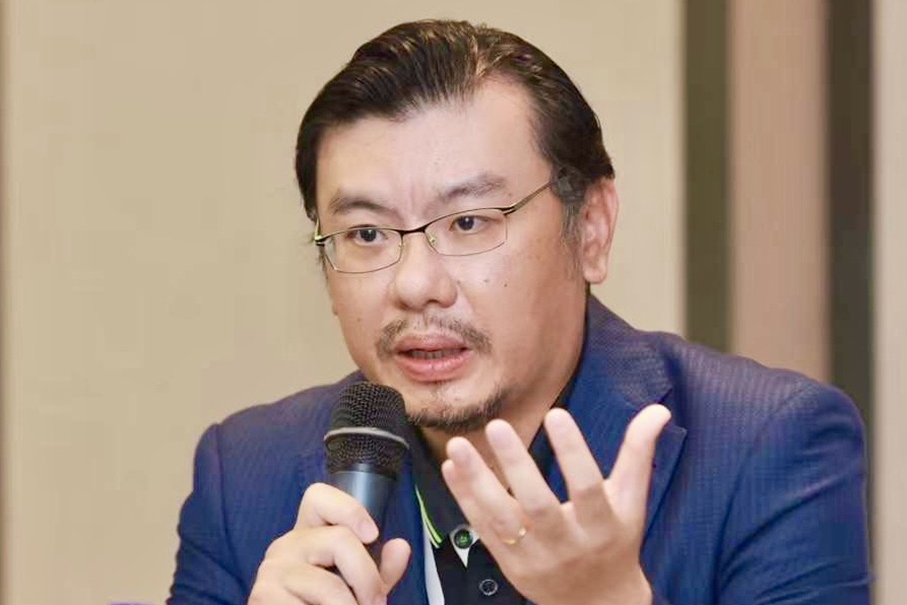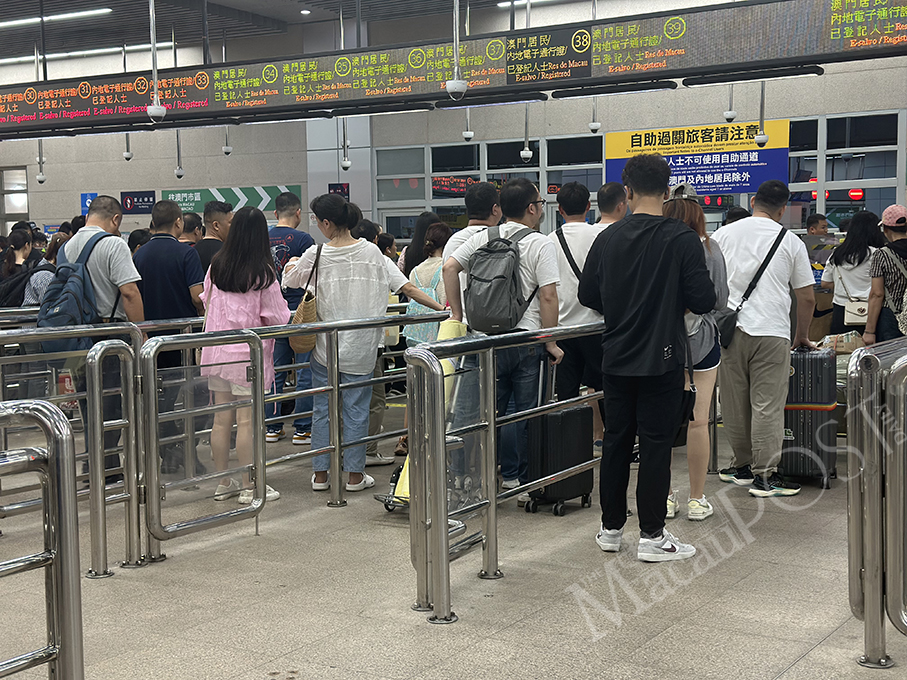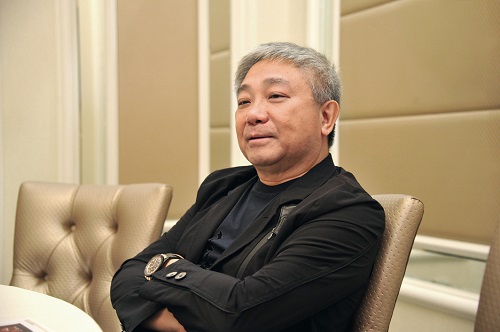Interview by Yuki Lei
Macau received between January and September over 1.67 million foreign visitor arrivals, reaching 70.7 percent of the number in the same period in pre-pandemic 2019, according to official statistics, and Macau Leisure Tourism Services Innovation Association Chairman Paul Wong Fai said yesterday that in the post-pandemic era, with the continuous expansion of the scope of the mainland’s 144-hour visa-free transit policy for foreign nationals, there has been a noticeable change in preferences of tourists, who are now more inclined to travel as individuals, instead of as group tour members.
The first nine months of this year Macau recorded 25.92 million visitor arrivals, recovering to 85.8 percent of the number in the same period in pre-pandemic 2019, according to the Statistics and Census Bureau (DSEC). In the first three quarters, the number of inbound package tour visitors surged by 101.2 percent year-on-year to 1.49 million, with those from mainland China soaring by 91 percent to 1.33 million, according to DSEC data.
Foreign package tour visitors jumped by 276 percent to 142,000 between January and September, and those from South Korea (58,000) and India (19,000) leapt by 387.1 percent and 929.8 percent, respectively.
The Macau Government Tourism Office (MGTO) has repeatedly emphasised that, on the basis of the “stabilising” number of visitor arrivals, it has been taking various initiatives to open up “international” tourism source markets to enrich the visitor mix, pointing out that in the first half of this year, six roadshows were held in foreign countries, i.e., in Indonesia, Japan, Malaysia, Singapore, South Korea and Thailand.
Speaking to the Post by phone yesterday, Wong noted that Macau’s foreign tourists are mainly from Southeast and Northeast Asia, with South Korean tourists being more prominent, followed by tourists from Indonesia and the Philippines, and then from Singapore and Thailand, adding that like before the COVID-19 pandemic, South Korean tourists still top the list of Macau’s foreign visitor arrivals; in contrast, Japanese tourists, who used to be at the bottom of the list, have still not recovered as fast as expected.
‘More flexible’
He also pointed out that after the three-year pandemic, there were obvious changes in tourists’ travel patterns, except for those from Indonesia, India South Korea, and Thailand, who still prefer to join tour groups due to language barriers, while those from Singapore and the Philippines tend to choose to travel “more flexibly” as individuals.
“With the exception of a few areas where tourists may be travelling in a group due to language issues, I think that [in the future] slowly the majority of [tourists] will be travelling on a self-guided basis,” Wong said, adding that thanks to the mainland’s 144-hour visa-free transit policy, Macau has seen more travellers making multi-destination journeys through Macau and then into the mainland.
When asked whether Macau’s tourism support services were adequate to cope with the current increase in foreign visitor arrivals, Wong said that Macau’s overall tourism services and reception capacity can meet the market demand for the time being, especially in terms of local tour guides’ foreign language knowledge, except for some “special” languages spoken by some foreign visitors which require the services of especially trained tour guides. “English is, in general, more than adequate to address foreign tourists’ needs,” he said.
Pain points
He went on to say that large-scale local hotel resorts were now facing the common problem of insufficient supply of hotel rooms. “There is a kind of shortage of rooms,” Wong said, adding that Macau’s hotel resorts have reached a certain degree of popularity in the Asia-Pacific region, with many international tourists coming to Macau looking for them in particular: “In this aspect, these are pain points”.
Speaking on behalf of the tourism sector, Wong also expressed the hope that the incoming government will continue to cooperate with airlines, integrated resorts and his sector to develop their respective strengths in attracting foreign visitors to Macau through various joint promotion campaigns, such as free Hong Kong-Macau bus rides and discounted air tickets, and that it will also legalise online ride-hailing services to provide tourists with a more flexible and adequate supply of transport.
In-depth tourism
Regarding global travellers’ preference for in-depth tourism* in the post pandemic era, Wong said: “Under the influence of the changes affecting the global economy and the world’s climate, it is also possible that the spending pattern of Macau visitor arrivals from many different regions may be different to that of the past, and this is a fact that has to be faced”. However, he pointed out, the spending pattern of certain foreign travellers visiting Macau has not significantly changed.
Meanwhile, last month, the Legislative Assembly’s 2nd Standing Committee continued to scrutinise the Travel Agency Business and Tour Guides Occupations Bill. Quoting a government official, lawmaker-cum-restaurateur Andrew Chan Chak Mo, who chairs the committee, who told the media that the bill proposes that tour guides should be required to wear an official Tourist Guide ID badge when carrying out their duties, and that non-compliance with the law would be subject to a fine of between 10,000 and 20,000 patacas. Concerning the bill, Wong said that it aimed to help the government identify illegal tourist guides, but also said he worried that the proposed steep increase in fines would put pressure on tour guides, hoping that “we can strike a balance and build a consensus in this discussion”.
* In-depth tourism is a new travelling pattern, which combines thematic travelling experience and personal knowledge. – Source: ResearchGate

Undated file photo of Paul Wong Fai, chairman of the Macau Leisure Tourism Services Innovation Association. – Photo provided by Wong yesterday

This file photo taken in late September shows border crossers entering Macau through the Barrier Gate checkpoint. – Photo: Yuki Lei





